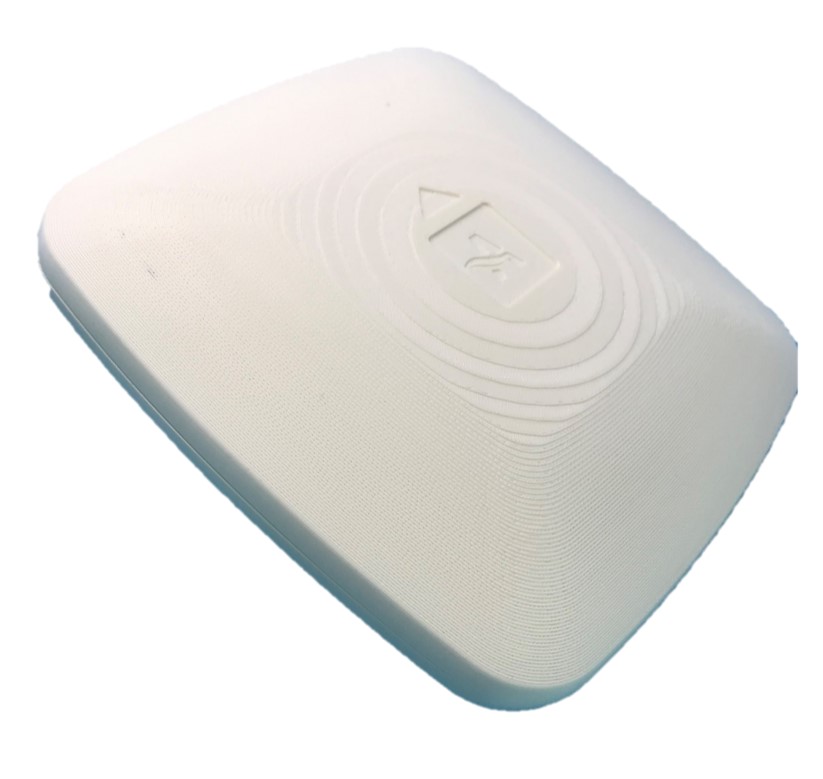Convergence of Architectures – How to Reduce the Complexity and Cost of Deploying an RTLS Solution
RTLS solutions can help improve hospital efficiency, which is critical at a time when operating margins are thin and budgets are tight. Providers who may hesitate because of infrastructure costs should consider new architectural options that are shrinking the cost of an RTLS deployment.
As health care systems begin to recover from the pandemic, they face stiff financial headwinds. In a Fall 2022 analysis by Kaufman, Hall & Associates of Texas hospitals,
- The percent of Texas hospitals at serious risk of closure has nearly doubled since 2020, to 9.2%
- 1% below 2019 levels. Nearly half of Texas hospitals have seen negative operating margins in 2022, up from roughly a third in 2019, meaning
- Total expenses in 2022 for Texas hospitals are $33.2 billion higher than pre-pandemic levels, outpacing increases in revenue. Rising expenses for both labor and medical
- Hospital discharges, emergency department visits, and operating room minutes in Texas hospitals are significantly lower than pre-pandemic levels. However, patient days and length of stay are on the rise, indicating that patients that are visiting hospitals have more severe health needs than prior to the
- Hospitals have incurred serious losses relative to pre-pandemic levels—including approximately $3.2 billion in 2022 to date—and future federal support is uncertain, as CARES Act funding has largely concluded.
To help ease these impacts, considerable savings are available through efficiency improvement using RTLS. A large State University Medical Center in the Midwest deployed an AiRISTA RTLS solution to track mobile equipment. They operates 5 million square feet of space, employs 17,000, and admits over 56,000 patients annually. Tracking 3,000 mobile assets in its first year, they realized $89,000 reduction in rentals and lost equipment with another $14,600 in workflow savings. Automated temperature monitoring generated another $48,000 in workflow savings.
As highlighted by Kaufman, Hall & Associates,
- Medical supply expenses have driven a significant proportion of overall expense growth since the outset of the pandemic for Texas hospitals.
- Medical supply costs for Texas hospitals were 8.5% higher in 2022 than in 2019 –or $1.3 billion all told—and have remained elevated since 2020.
If RTLS solutions can help healthcare providers contain costs, how do new architectural options reduce deployment complexity?
The simplest RTLS deployment uses trilateration of existing Wi-Fi access points. The resulting accuracy of 5-8 meters is sufficient for finding an infusion pump in an area of a floor. But if room, or even bed level accuracy is needed, and you plan to leverage BLE tags for cost and battery life, there are ways to leverage new access point architectures.
 BLE Anchor Points (AC)
BLE Anchor Points (AC)
Using a device like AiRISTA’s G3 gateway, you can quickly deploy these AC powered dongles in each room. The device collects signals from nearby BLE tags and uses existing Wi-Fi access points to relay signal information to the AiRISTA location engine.
BLE Anchor Points (USB)
If your existing access points provide a USB interface, the AiRISTA B3 gateway provides the same gateway function as the G3 above, but mount easily next to the access point. Like the G3, the B3 uses Wi-Fi to backhaul the signals from BLE tags to the AiRISTA location engine.
Access Points with BLE radios
Access points deployed in the last few years are likely to include a BLE radio. The BLE radios can eliminate the need for an external gateway like the G3 or B3. AiRISTA has integration with several access point vendors in which the access points collects signals from BLE tags and forward those to the AiRISTA location engine. The access points can provide additional usefulness like filtering at the edge BLE devices unrelated to RTLS tracking.
Access Points as IoT Gateways
Within the last year, several vendors have introduced access points that support the execution of 3rd party containerized code. AiRISTA works with several vendors to deploy AiRISTA containers on the AP to manage the AP’s BLE radio and direct messages and commands back to AiRISTA tags. This architecture will encourage many new services to be deployed over a customer’s wireless infrastructure and cerate an exciting ecosystem.
BLE Angle of Arrival Gateways
Emerging BLE technology is resulting in tracking never before possible with BLE or Wi-Fi. Angle of Arrival was introduced in BLE 5.2 and provides submeter accuracy and tracking in the vertical dimension. AiRISTA has worked closely with silicon vendors and now provides a 3rd generation of our AoA gateway that is roughly the size of an access point with accuracy well below 1 meter. Even more impressive, the gateway is very precise resulting in location probabilities in the high 90 percentages. The AiRISTA AoA gateway support PoE or can use the USB interface of many access points.
The architectures described are not only simplifying RTLS architecture and reducing costs, but they are creating platforms on which new use cases can be deployed based on improved accuracy.





